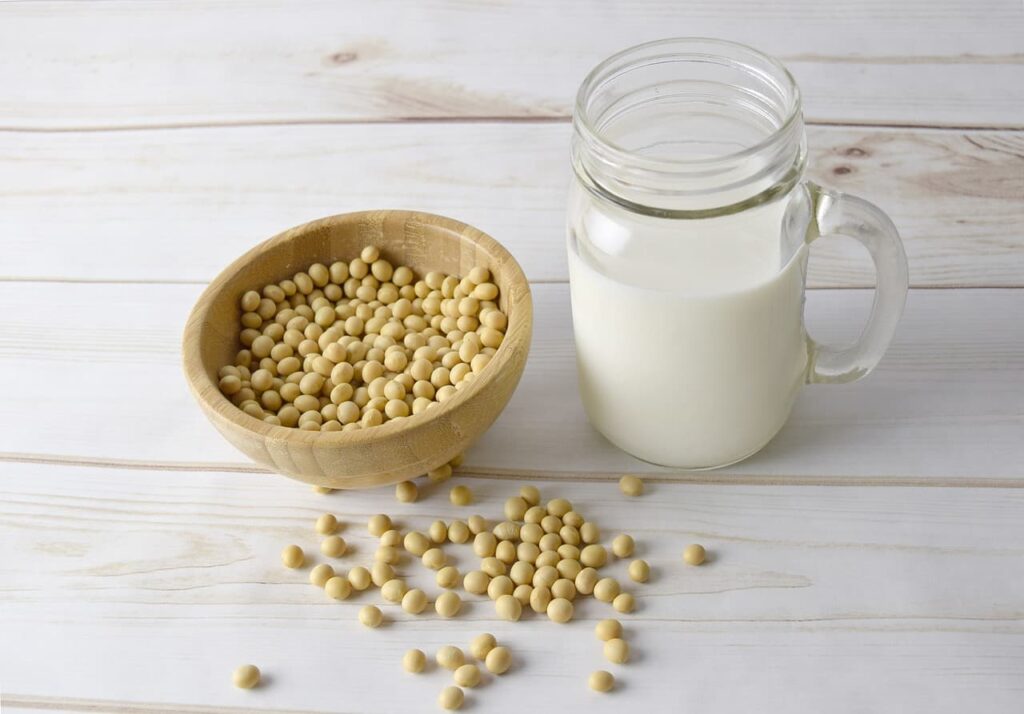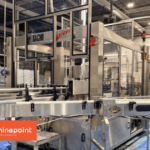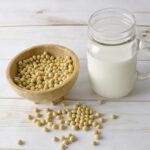Soy food and drinks are famous for their high protein content, and are highly perceived as healthy eating products. Soy milk beverages are also used today as a substitute for animal milk, and their popularity has driven the need for advanced technologies in soy milk processing.
Traditionally coming from South East Asia, soybeans are nowadays cultivated in many different countries worldwide for diverse uses: soy products for human consumption, for animal consumption and for biodiesel production.
Soy puree is the most processed product out of the soybean. The soy puree manufacturing plants are normally located next to the soybean growing areas. These plants have soy extraction lines to convert soybeans into soy puree and/or soy concentrate; which is then distributed worldwide to manufacturers of soy products, soy milk, and other various types of soy beverages.
MachinePoint supplies processing lines for the production of soy drinks, soy milk and soy juice.
The general process for producing soy beverages in large quantities consists of a continuous mixing system where soy puree can also be mixed with flavorings, sugars, and vitamins. This liquid is then sterilized and homogenized. The hot milk passes on to a cooling tank, and once cooled, it is sent to aseptic packaging.
Machinery necessary for soy milk processing
- UHT Sterilizer and HTST Pasteurizer:
- UHT Sterilizer (Ultra High Temperature): This equipment uses high temperatures for a short period to sterilize soy milk and eliminate pathogenic microorganisms. This helps extend the product’s shelf life.
- HTST Pasteurizer (High-Temperature Short Time): This system applies elevated temperatures for a shorter duration compared to the UHT sterilizer. Its aim is to reduce the microbial load in soy milk without compromising its nutritional and sensory properties too much.
- Homogenizers: Homogenizers are machinery that refines the particle size in soymilk to achieve a consistent blend. This process enhances the texture, stability, and overall quality of the final product.
- Formulation Systems: Formulation systems are employed to precisely mix and blend ingredients in the production of soymilk. These systems ensure accuracy in the composition of the product, contributing to its flavor, texture, and nutritional content.
- Mixing Tanks: Mixing tanks are vessels designed for homogenous blending of ingredients in the soymilk production process. They facilitate consistent mixing, ensuring uniformity in the product’s characteristics.
- Chilled Soymilk Storage Tanks: These tanks are refrigerated storage units used to store soymilk after processing. They maintain the product at controlled temperatures, preserving its freshness and quality until further stages of production or packaging.
- CIP Systems (Clean-in-Place): CIP systems are integral for maintaining cleanliness and hygiene in the machinery. These automated systems enable the cleaning of equipment without disassembly, using specific cleaning solutions to prevent cross-contamination and ensure food safety.
- Aseptic Buffer Tanks: Aseptic buffer tanks serve as intermediate storage vessels designed to maintain the aseptic conditions of the product. They play a crucial role in the aseptic processing of soymilk, preserving its quality and preventing contamination during various production stages.
Together, this machinery ensures that soy milk processing is carried out efficiently, safely, and meets the required quality standards for consumption.





